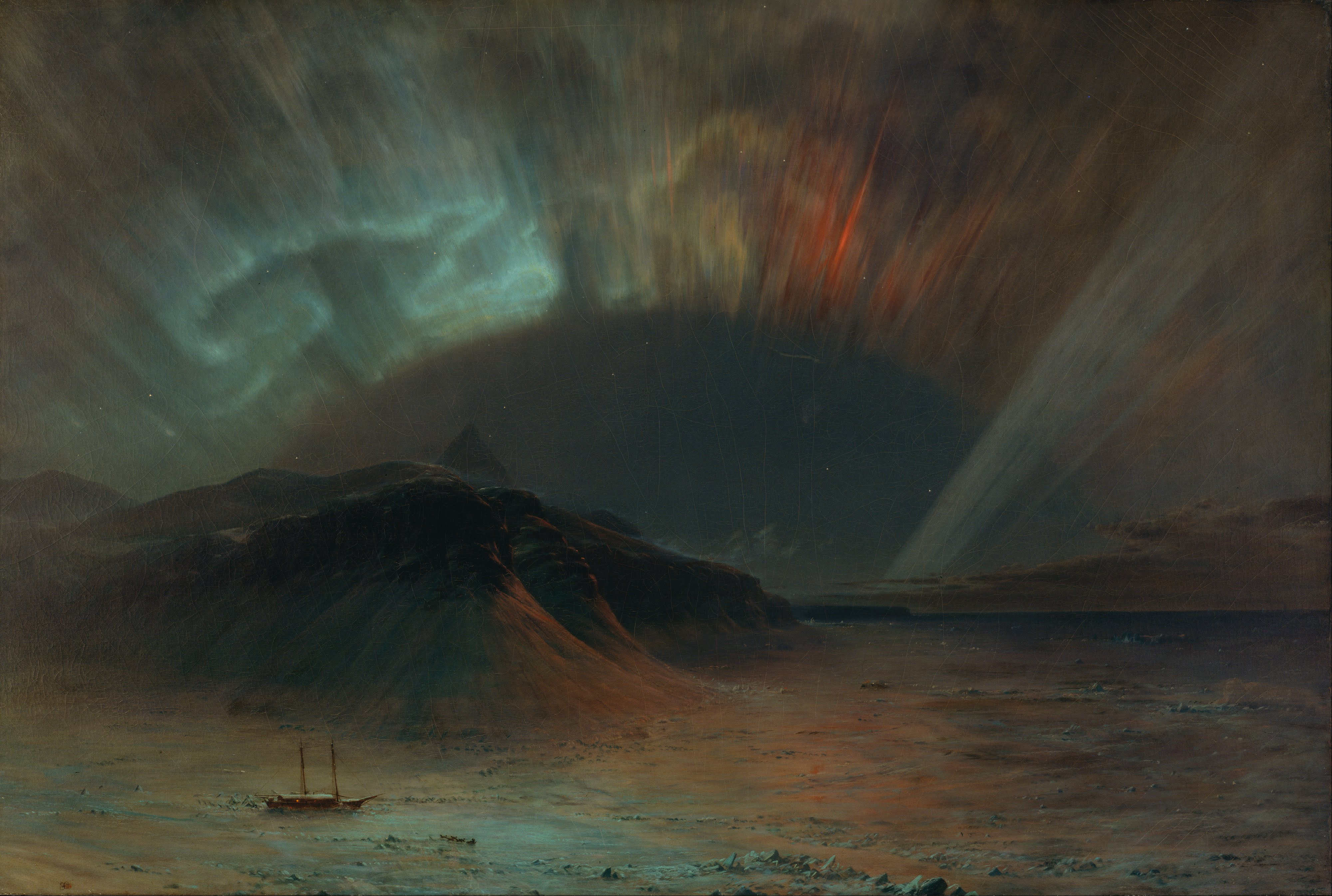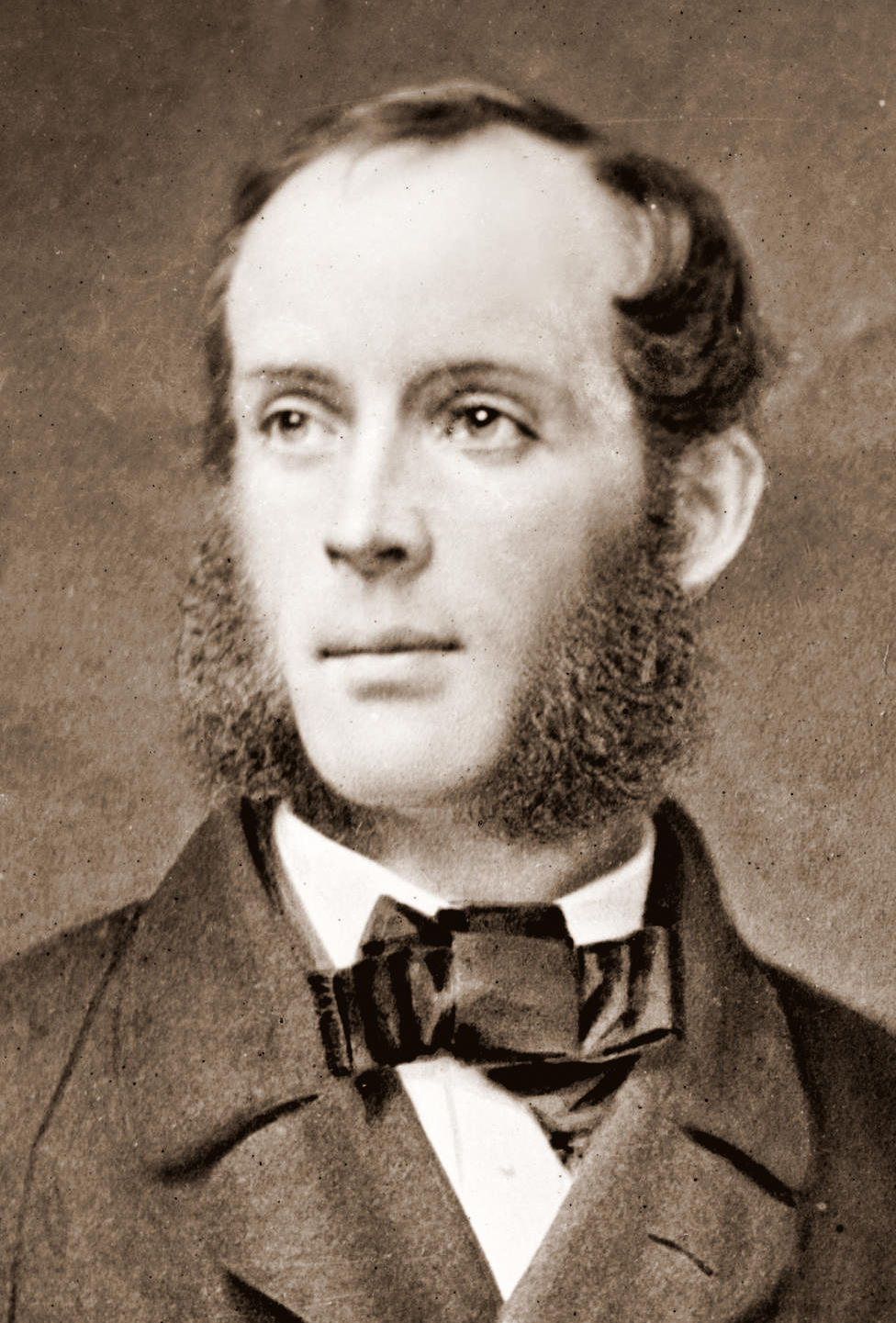Aurora Borealis is an 1865 painting by Frederic Edwin Church of the aurora borealis (natural light display in the sky, predominantly seen in the high-latitude, Arctic and Antarctic regions) and the Arctic expedition of Dr. Isaac Hayes. The painting is based on two separate sketches. The first incident was an aurora witnessed by Church's pupil, the Arctic explorer Isaac I. Hayes. Hayes provided a sketch and description of the aurora borealis display he witnessed one January evening. Coinciding with Hayes' furthest northern movement into what he named Cape Leiber, the aurora borealis appeared over the peak.
Created at the end of the American Civil War, Aurora Borealis was believed to depict the portent of a simultaneously triumphant and desolate Union victory, its meaning amplified in relation to later works. It is considered by some scholars to be best understood within a wider polyptych or multi-paneled grouping; the meanings of the paintings multiply in relation to each other and the harrowing period of American history during which they were created.


 Frederic Edwin Church
Frederic Edwin Church